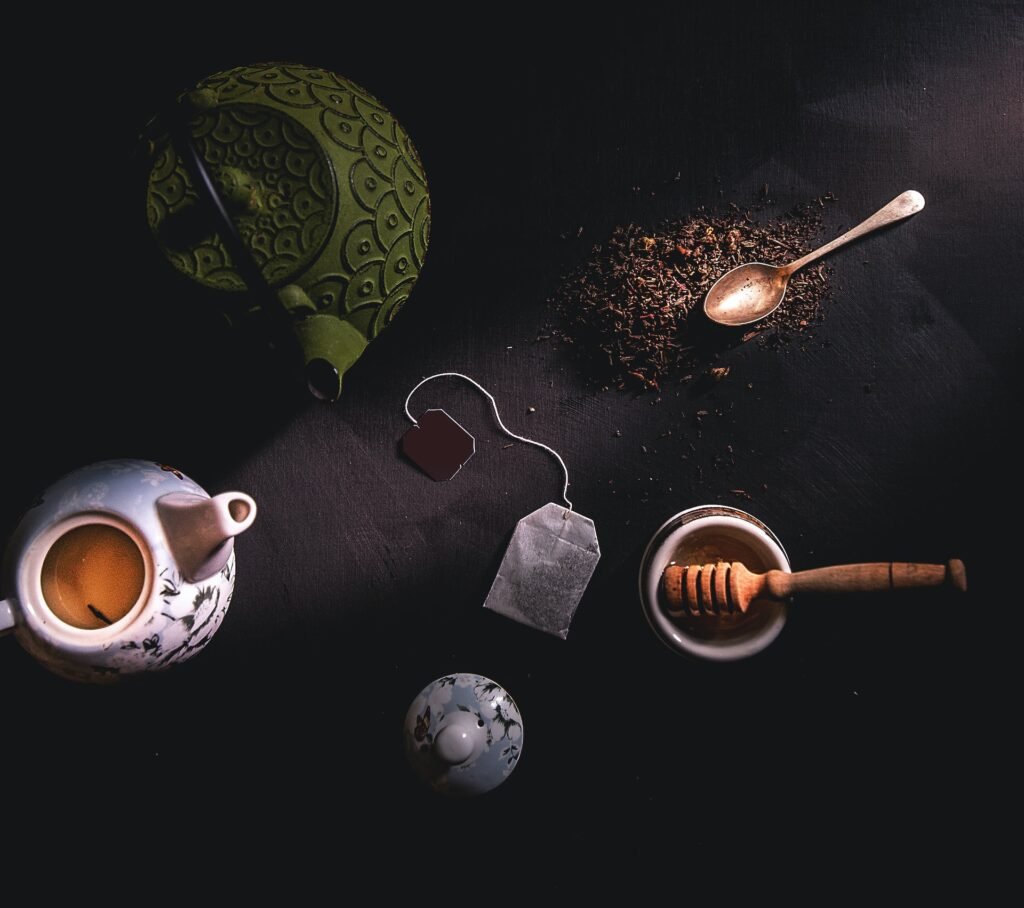
Ceylon tea is widely celebrated for its delicate, floral flavor profile, which captivates tea enthusiasts around the globe. The refreshing taste combined with a slightly sweet, aromatic aroma creates a unique sensory experience for those who indulge in this remarkable beverage. The flavor of a specific Ceylon tea can significantly vary based on several key factors, such as the region where it is cultivated, the altitude at which the tea plants grow, and the specific type of tea plant itself. For instance, teas grown in the high-altitude regions of Nuwara Eliya are often noted for their light and fruity flavors, while those from the lower elevations may exhibit richer, bolder characteristics.
Geo-climatic Conditions
To further illustrate the diverse flavor profiles of Ceylon tea, let’s explore some specific examples. One renowned variety is the Nuwara Eliya tea, celebrated for its bright, light flavor with hints of citrus and floral notes. This tea is often described as having a crisp finish, making it a favorite among those who prefer a refreshing cup. In contrast, Uva tea tends to have a unique flavor, characterized by a slightly astringent taste with rich, earthy undertones, ideal for those who enjoy a stronger brew.
Additionally, climatic conditions such as rainfall, temperature variations, and seasonal changes, as well as soil conditions like mineral content and drainage, play a crucial role in shaping the flavor profile of Ceylon teas. This results in an array of unique flavors sourced from various regions of Sri Lanka, making each cup of Ceylon tea a delightful exploration of its origin.
Plants & Various Blends
Ceylon tea can be produced from distinct types of tea plants, notably Camellia sinensis and Camellia sinensis assamica, leading to subtle differences in taste and aroma. For example, Camellia sinensis generally produces a more delicate flavor, while Camellia sinensis assamica tends to provide a stronger, bolder brew. Moreover, some varieties of Ceylon tea are skillfully blended with other natural ingredients, such as herbs, fruits, or spices, resulting in flavored blends or infusions that further enhance the overall flavor profile. Popular blends might include Ceylon tea with bergamot oil to create Earl Grey or with jasmine flowers for an aromatic floral experience.
It’s also important to consider that different tea grades, determined by the size and quality of the tea leaves, can impact the flavor. Higher grades, like BOP (Broken Orange Pekoe), often deliver a more refined taste, while lower grades may provide a more robust flavor profile.
Overall, Ceylon teas are characterized by their delicate, floral flavor and are frequently described as having a bright, refreshing taste that can elevate your tea-drinking experience. Whether enjoyed plain, with a splash of milk, or as part of a creative blend, Ceylon tea offers a rich tapestry of flavors that entice and please the palate.